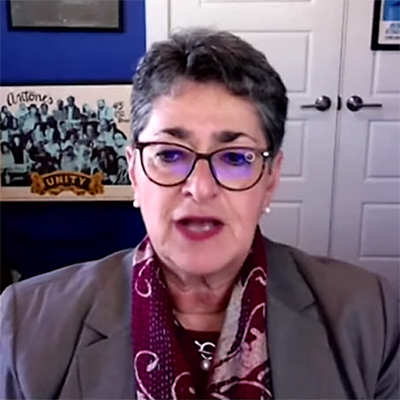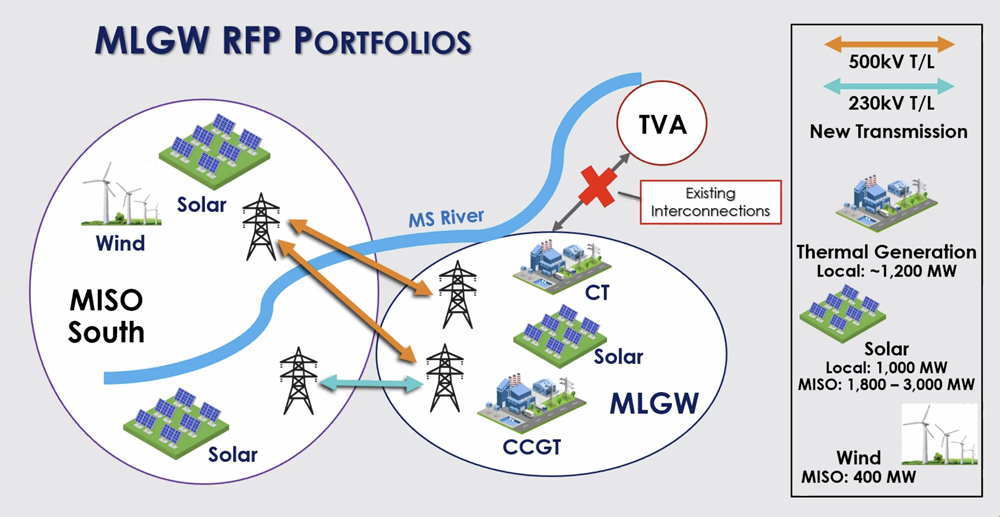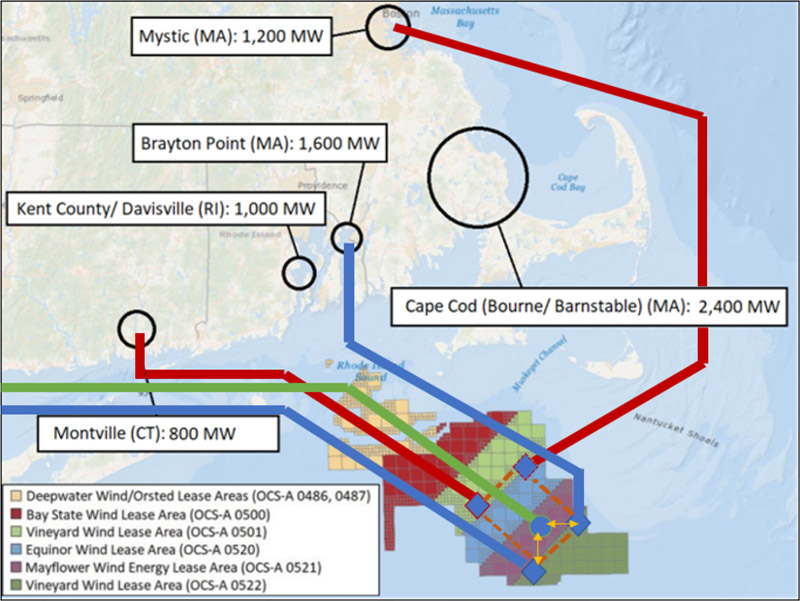The California legislature’s recently completed session saw a handful of bills introduced to promote transmission development, but only one of the measures escaped unscathed while the rest died or were watered down.
The bills mainly aimed to move more energy from renewable resources to help the state meet its goal of relying on 100% clean energy by 2045, as required by 2018’s Senate Bill 100.
The only significant bill to emerge intact was SB 887 by Sen. Josh Becker (D).
The bill would direct CAISO, the California Public Utilities Commission and the state Energy Commission to expand their generation and transmission planning horizons from the current 10 years to “at least 15 years … to ensure adequate lead time for [CAISO] to analyze and approve transmission development and for the permitting and construction of the approved facilities.”
CAISO already performs a 20-year transmission outlook, but it is a long-term conceptual plan of grid needs, including out-of-state projects, intended to complement but not replace the ISO’s 10-year transmission planning process, which concerns only in-state projects.
Becker’s bill would instruct CAISO to identify “the highest priority transmission facilities that are needed to allow for reduced reliance on [fossil fuel] resources in transmission-constrained urban areas by delivering renewable energy resources or zero-carbon resources that are expected to be developed by 2035 into those areas.”
It cleared the Assembly on Aug. 29 and goes to Gov. Gavin Newsom for his signature or veto by Sept. 30.
One bill, which had been considered a major transmission measure in the 2021/22 legislative session, was stripped of its more substantive provisions and became a new law requiring utilities to file annual reports with the CPUC.
SB 1174, by Sen. Robert Hertzberg (D), a former Assembly speaker, would have directed the CPUC to work with CAISO, the Energy Commission and the state Air Resources Board to “identify all interconnection or transmission projects necessary to achieve” the goals of SB 100 and to prioritize approval of the projects.
One of those needs could be a 200-mile undersea cable linking offshore wind farms in far northern California to San Francisco and other population centers. Such large-scale projects mean that speeding transmission “may be one of the most important steps we can take to connect bold planning with common-sense policy,” Hertzberg said in a statement earlier this year.
The measure that cleared the legislature on Aug. 30, which Newsom signed Friday, was limited to requiring each regulated utility that owns transmission to annually prepare a report for the CPUC “on any changes to previously reported in-service dates of transmission and interconnection facilities necessary to provide transmission deliverability to eligible renewable energy resources or energy storage resources that have executed interconnection agreements.”
Two bills that failed were:
- SB 1032, also by Becker, that sought “faster and cheaper transmission development” by directing the CPUC to identify “proposals to accelerate the development of, and reduce the cost to ratepayers of expanding, the state’s electrical transmission grid as necessary to achieve the state’s goals [of reducing greenhouse gas emissions.]” Measures to be studied would have included public ownership of transmission facilities, public financing of transmission projects and the use of non-ratepayer funds to cover part of the cost of transmission projects needed to achieve the state’s clean energy goals. It died in the Assembly Appropriations Committee in mid-August.
- AB 2696 by Assemblymember Eduardo Garcia (D-Coachella), chair of the Assembly Utilities and Energy Committee, was intended to lower the costs of transmission development. It would have told the CPUC, in consultation with CAISO and other entities, to study “potential lower cost ownership and alternative financing mechanisms for new transmission facilities needed to meet the state’s clean energy and climate targets” including public ownership, public financing and partnerships with federal agencies. It died in the Senate Appropriations Committee on Aug. 11.


